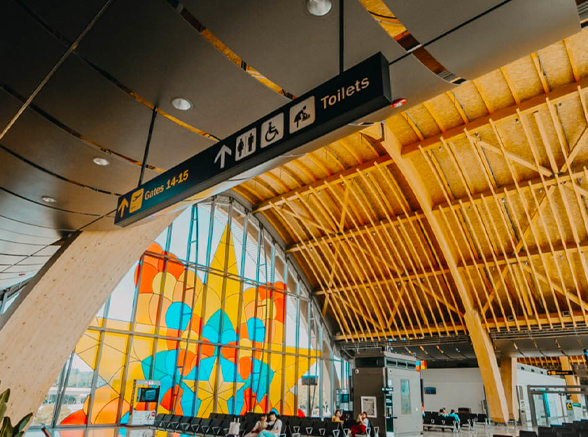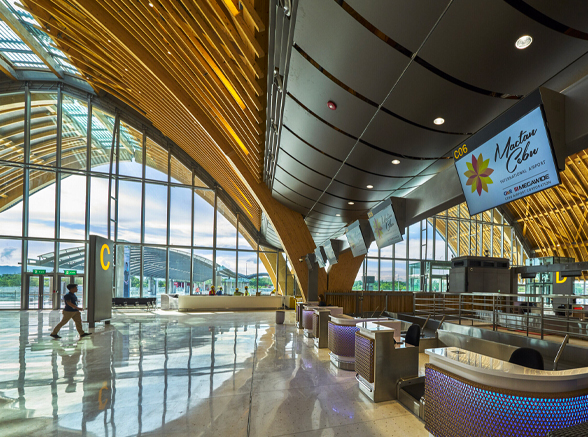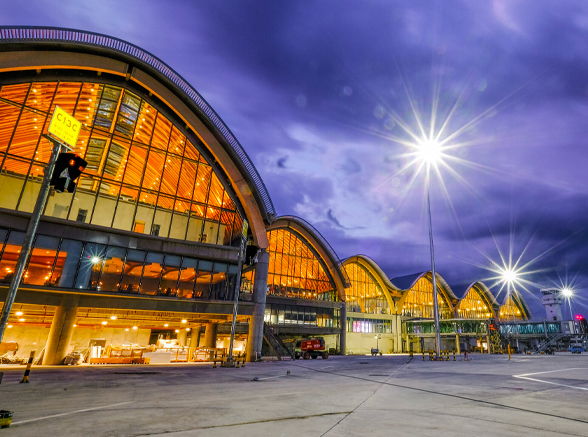The development of Mactan-Cebu International Airport (MCIA) is a 25-year concession agreement, signed between the Department of Transportation (DOTr), Mactan-Cebu International Airport Authority, (MCIAA) and the partnership of Filipino engineering innovator Megawide Construction Corporation and Indian infrastructure developer GMR.
Location: Airport Rd., Lapu-Lapu Cebu City
GFA: 441, 165 sq.m.
Agreement: Build-Operate-Transfer for 25 years



The contract includes the construction and operation of Terminal 2, renovation and operation of Terminal 1 (T1) and development of other landside facilities. Since the handover of operations in November 2014, GMCAC has increased airport capacity and passenger traffic. From just 6.5 million, passenger traffic reached closed to 13 million at peak, pre-pandemic.
Under GMCAC, MCIA has won multiple international awards, including Best PPP Project from organizations such as Project Finance International and EuroMoney-IJ Global; Commendation in Airline Marketing from Routes Asia; and Asia Pacific Regional Airport of the Year from the CAPA Center of Aviation.